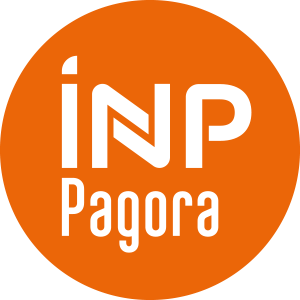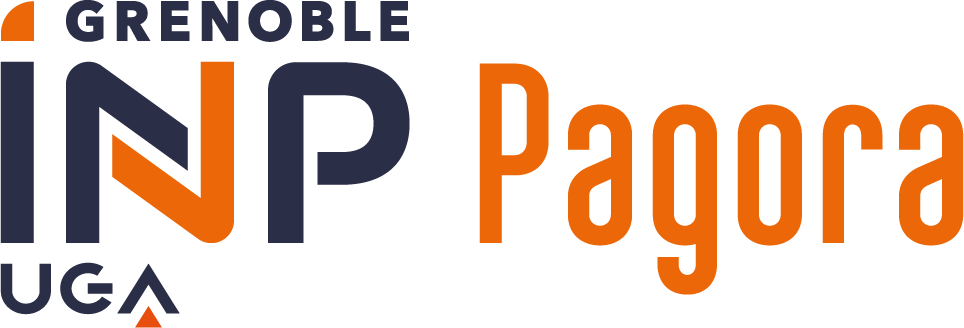Number of hours
- Lectures 12.0
- Projects -
- Tutorials 1.5
- Internship -
- Laboratory works -
ECTS
ECTS 15.0
Goal(s)
Learning outcomes :
- To know the phenomena and surface treatments to promote adhesion.
- To master the contact angle technique used to determine the surface energy of a solid.
Mohamed Naceur BELGACEM
Content(s)
Comprendre la chimie et la physico-chimie des surfaces et établir la nature des forces qui gouvernent l'adhésion. Les moyens d'augmenter ces forces sont également discutés.
Introduction.
Models of adhesion.
Surface energy determination (for liquids & solids).
Approches of calculation the surface energy of solids.
Surface treatment:
- Washing and extraction of surfaces.
- Mechanical treatment
- Corona & plasma treatments
- Flamme treatment
- Chemical treatment (grafting)
To get the basic knowledge on surface phenomena (from energetical point of view) and surface treatments.
PrerequisitesPhysical chemistry, Colloidal chemistry
Accessibility for people with disabilities : please contact us for further information
- Specific credits: this course brings 18.0 ECTS to students in UE280A - Functional materials
- Specific credits: this course brings 1.5 ECTS to students in IFB - Spring exchange semester
Evaluation : Written exam (1.5h)
Resit : Written exam (1.5h)
Course and exam language adapted to the student profile.
- modalities in normal conditions: written exam in limited time with documents
- in downgraded conditions : homework in time-limited
The exam may be taken in french or in english
The course exists in the following branches:
- Curriculum - Pagora Engineer - Apprentice - Semester 8 (this course is given in english only)
- Curriculum - Pagora Engineer - Student - Semester 8 (this course is given in english only)
- Curriculum - International Semesters - Semester 8 (this course is given in english only)
Course ID : 4FMT1088
Course language(s): 
You can find this course among all other courses.
Environmental security
Déroulement de l’enseignement en salle de cours standard.
Sécurité : RAS
Environnement : RAS
MITTAL K. L., PIZZI A. Handbook of adhesive technology. 2nd ed. New York : Marcel Dekker, 2003.
MITTAL K. L., PIZZI A. Adhesion promotion techniques : technological applications. New York : Marcel Dekker, 1999.
ADAMSON A.W. Physical chemistry of surfaces. 5th ed. New York : John Wiley & Sons, 1990.



